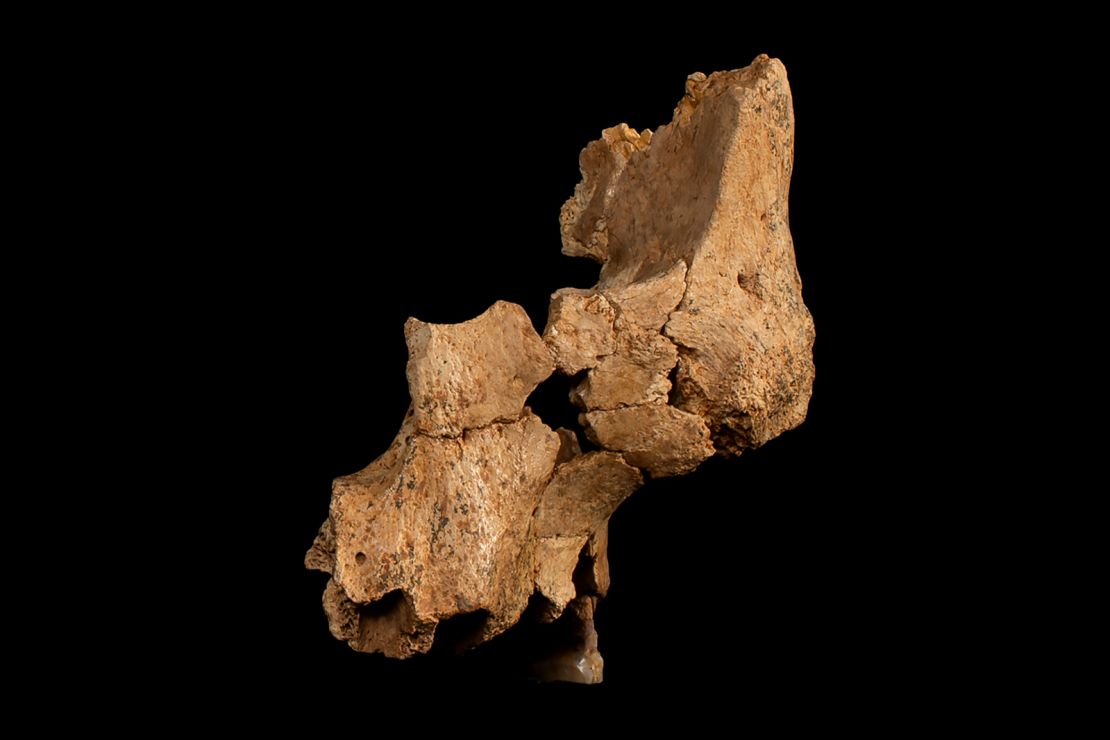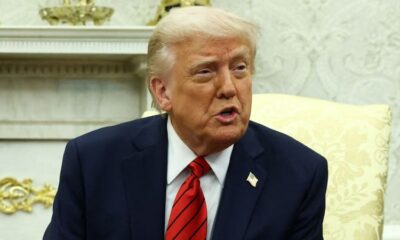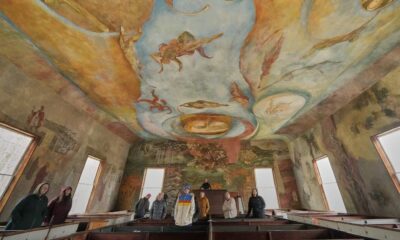Sign up for CNN’s Wonder Theory science newsletter. Explore the universe with news on fascinating discoveries, scientific advancements and more.
CNN
—
The story of human evolution in Europe has a new character.
Fossilized bone fragments unearthed in a cave in northern Spain in 2022 have revealed a previously unknown human population that lived more than 1.1 million years ago, according to new research.
Found at the Sima del Elefante site in the Atapuerca Mountains, the fossils make up a partial skull comprised of the left side of the face of an adult hominin. The mineralized bones are the earliest human fossil remains found so far in Western Europe.
However, it wasn’t immediately obvious which species of prehistoric human the team had found, and the study describing the fossils, published Wednesday in the journal Nature, doesn’t put forward a definitive answer.
The team suspects the specimens belonged to Homo erectus, a species well-known from fossils found in Africa and Asia but whose remains have never been conclusively found in Europe.
“This conclusion is the most honest proposal we can make with evidence we have,” María Martinón-Torres, the director of CENIEH, Spain’s National Human Evolution Research Centre, told a press briefing on Tuesday.
“It is cautious, but it is also a little bit daring, because we are not closing the possibility that it is maybe something different.”

The mountainous region of Spain where the fossils were found has been an important locale for paleoanthropology.
In the mid-1990s, scientists identified an early human relative known as Homo antecessor from about 80 fossils uncovered at a site near Sima del Elefante called Gran Dolina. Those remains date to around 850,000 years old.
However, Martinón-Torres said the morphology of the skull fossil found in 2022 didn’t match up with the features of Homo antecessor. This archaic human had been thought to be the earliest known inhabitant of Western Europe, predating the Neanderthals, who appeared on the continent some 400,000 years ago.
Homo antecessor had “a very modern-like face, very similar to the face we our species, Homo sapiens, have, which is vertical and flat. However, this new hominin is different,” she said.
It “has a much more projecting forward face … which makes it similar to other Homo erectus (specimens),” she added.
The team also reanalyzed a partial lower jawbone found in 2007 at Sima del Elefante but at a slightly higher level of sediment. The study authors now believe it belonged to the same population of prehistoric humans.
However, with only small parts of the face, it was impossible to identify the species of hominin conclusively. As such, the team has assigned it to Homo affinis erectus, with affinis meaning akin to, to indicate that the fossil is closely related to, but distinct from, a known species.
“We still have to excavate the lower levels of Sima del Elefante. So who knows? We may have more surprises,” Martinón-Torres said.
“I think the key finding is that we are documenting for the first time a hominin population that we did not know we had in Europe.”
Chris Stringer, a research leader in human evolution at London’s Natural History Museum, said the discovery was a “very important find.”
“The facial shape is distinct from that of antecessor (and H. sapiens) in traits like the less prominent nose and less delicate cheekbones, and thus more closely resembles some erectus fossils,” Stringer, who wasn’t involved in the research, said via email.
“But I think the authors are right to only cautiously relate the finds from Elefante to the species H. erectus. They are too incomplete for any definitive conclusion.”
Reconstructing the fragmented face fossil required combining traditional techniques, such as analyzing and comparing the fossils by visual inspection, with advanced imaging and 3D analysis, the study said. The researchers did not directly date the fossils but, based on three different ways of dating the layer of sediment in which the fossils embedded, they estimated they were between 1.4 million and 1.1 million years old.
The team also recovered animal bones with cut marks and stone tools used to butcher carcasses from the site. The population would have inhabited a woodland environment with wet grasslands, which would have been rich in prey, the study said.






















